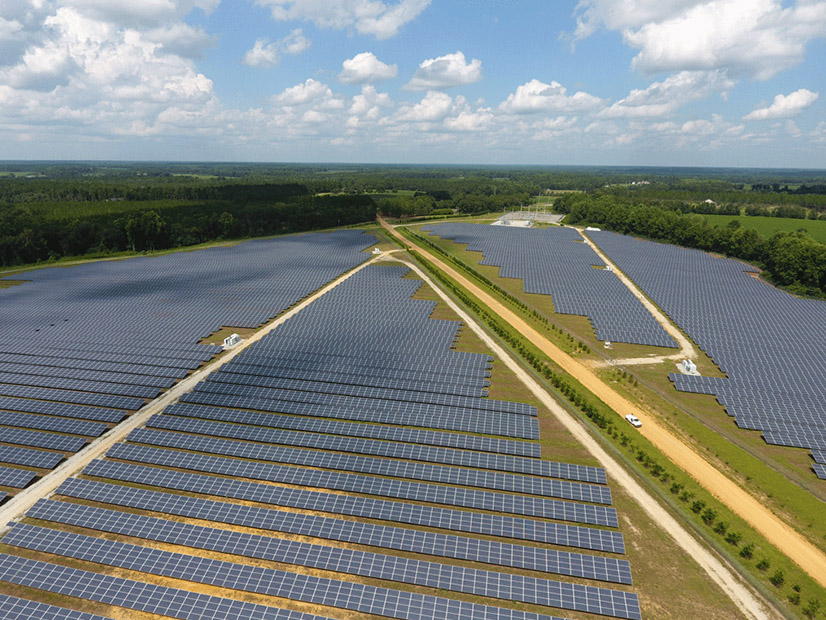
Eschewing the “net zero” carbon targets of the industry, Florida-based NextEra Energy (NYSE:NEE) said Tuesday it plans to achieve “real” zero carbon emissions no later than 2045, without purchasing offsetting emissions credits or using carbon-capture technology.
The company’s plan would rely on developing massive amounts of solar and battery storage while converting its gas-fired power plants to burn a high percentage of hydrogen. The company believes that would allow it to achieve carbon reductions to “Real Zero,” a copyrighted term, “at zero incremental cost to customers.”
“Our Real Zero goal to eliminate carbon emissions from our operations is a real goal that would make a significant difference for our customers,” CEO John Ketchum said in a statement. “We are building on our decades of innovation and investments in low-cost renewable energy to decarbonize our company while keeping bills affordable for our customers. Attaining Real Zero will be one of those achievements that provides lasting value to our customers and the communities where we do business.
“We’ve been working on this for a long time and will take our extensive experience, industry-leading development platform and scale to help accelerate the decarbonization of the U.S. economy,” Ketchum said.
Along the way, the company plans to reduce its emissions compared to its 2005 levels by 70% by 2025; 82% by 2030; 87% by 2035; and 94% by 2040.
“We’ve worked hard in developing Real Zero to ensure we have a credible technical pathway to achieve our goals and well defined milestones every five years so we and all stakeholders can track our progress,” Ketchum said. “We’re part of an industry that is well positioned to make the most progress in the elimination of carbon emissions, and Real Zero is NextEra Energy’s goal to set a new standard for all power generators.”
The company believes the goals will help it decarbonize the rest of the U.S. power sector, leading to the decarbonization of the U.S. economy “by working to become the preferred partner for customers” working toward decarbonization.
A significant portion of the plan will occur at subsidiary Florida Power and Light, the largest utility in the U.S., serving 12 million customers.
Under the plan, FPL would increase its current solar capacity from 4,000 MW to 90,000 MW and expand its existing battery storage by 100 times to 50,000 MW.
FPL would also continue to run its 3,500 MW of nuclear capacity and convert 16,000 MW of existing gas generation to burn hydrogen, an accomplishment that will require technological changes as well as changes in environmental regulations.
Hydrogen burns hotter than gas, but its energy density per cubic foot is less. Environmentalists are already arguing that burning more hydrogen could increase NOx emissions, and that hydrogen leaks would contribute to climate change.
FPL is also planning to substitute conventional natural gas with renewable natural gas, produced by anaerobic digesters and pulled from landfills.

